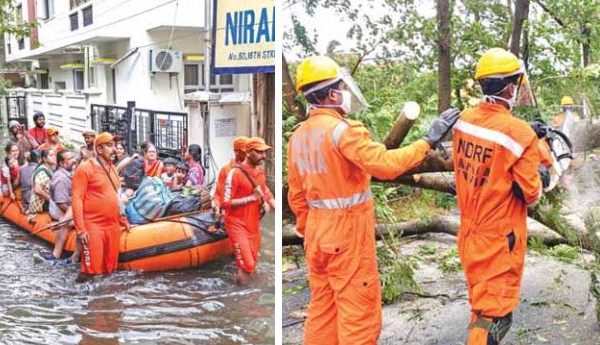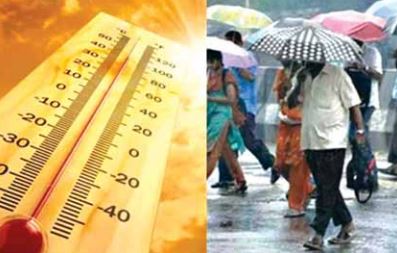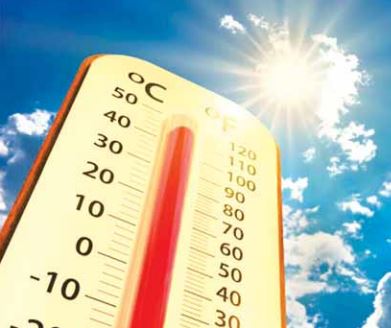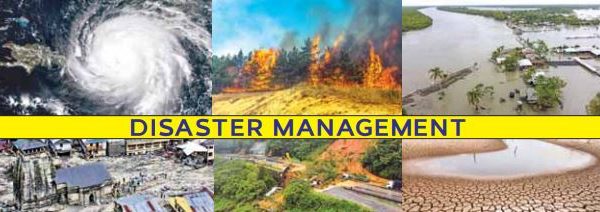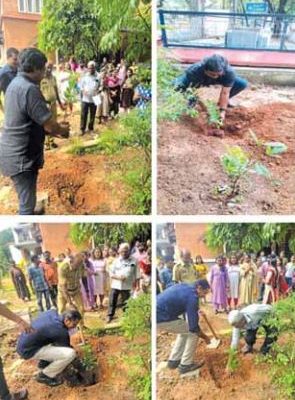
KSDMA Celebrates World Environment Day 2024: A Commitment to Land Restoration and Environmental Sustainability
Every year on June 5th, World Environment Day (WED) captures global attention, spotlighting critical environmental challenges. This significant day, coordinated by the United Nations Environment Programme (UNEP), serves as a call to action for governments, organizations, and individuals worldwide. In 2024, the theme “Our Land. Our Future. We are #GenerationRestoration” focused on the urgent need…


